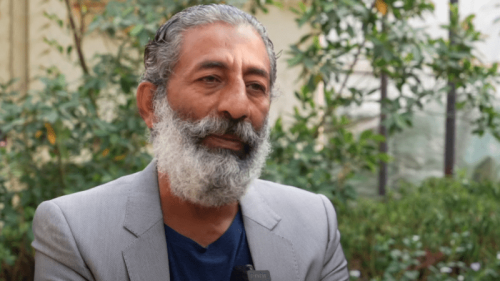ISLAMABAD: The Punjab government has conceded before the Supreme Court that an aquifer feeding the pond at Chakwal’s Katas Raj temple complex is under stress and this has caused a drastic fall in the water level.
A report placed before the apex court in compliance with a suo motu notice on the drying up of the fabled pond has attributed the depletion of water to a number of factors.
The issue was taken up by Chief Justice Mian Saqib Nisar on the basis of media reports that the Katas Raj pond was drying up because cement factories nearby were drawing a large amount of water through a number of drill bores, severely reducing the sub-soil level.
In addition, almost every home in Katas Waulah and Choa Saidan Shah draws water through boring due to the absence of a proper supply network. The unchecked plantation of eucalyptus saplings in the region has compounded the problem.
The matter is expected to be taken up by a three-judge Supreme Court bench on Thursday.
Chief Justice Mian Saqib Nisar had called for reports highlighting reasons behind the phenomenon of drying out from the federal government’s director general (DG) of archaeology, secretary of the Evacuee Trust Property Board (ETBP), Lahore, director general of the Punjab Archaeology Department and the deputy commissioner of Chakwal.
The name of the complex is a derivative of Kataksha, a Sanskrit word meaning “tearful eyes”. According to legend, the pond was formed after lord Shiva wept uncontrollably upon the death of Sati, his wife.
The pond occupies an area of two kanals and 15 marlas, with a maximum depth of 20 feet.
In a report placed before the Supreme Court, the Chakwal deputy commissioner admitted that the Punjab Environment Protection Agency (EPA) had initiated legal proceedings against a cement factory for violating environmental laws.
The report explains that the Katas Raj temple lies in the mineral-rich Salt Range, which has four cement plants. One of these is just two kilometres from the historic site. Since there is no major source of water in the vicinity, the factories rely on sub-soil water to meet their needs.
Although the plant operates on “dry process”, which does not consume water, the facility needs water nevertheless for its cooling towers and to meet the daily needs of its employees, the report says.
And to meet its requirement, the factory operates 14 tube-wells that are allowed to extract 148 cubic metres of water per hour.
The report also highlights that the Chakwal administration, taking a serious view of environmental hazards caused by industrial activity, ordered closure of three of the 14 tube-wells in order to reduce stress on the aquifer. Later two more tube-wells were made dysfunctional due to other reasons. At present only nine tube-wells of the cement factory are working, the report adds.
Besides the cement factories, the area is known for a number of coal mine operations. Since this activity involves massive digging of the earth for coal extraction, the site becomes exposed to torrents of water gushing out from the earth capillaries.
Published in Dawn, November 21st, 2017














































Dear visitor, the comments section is undergoing an overhaul and will return soon.